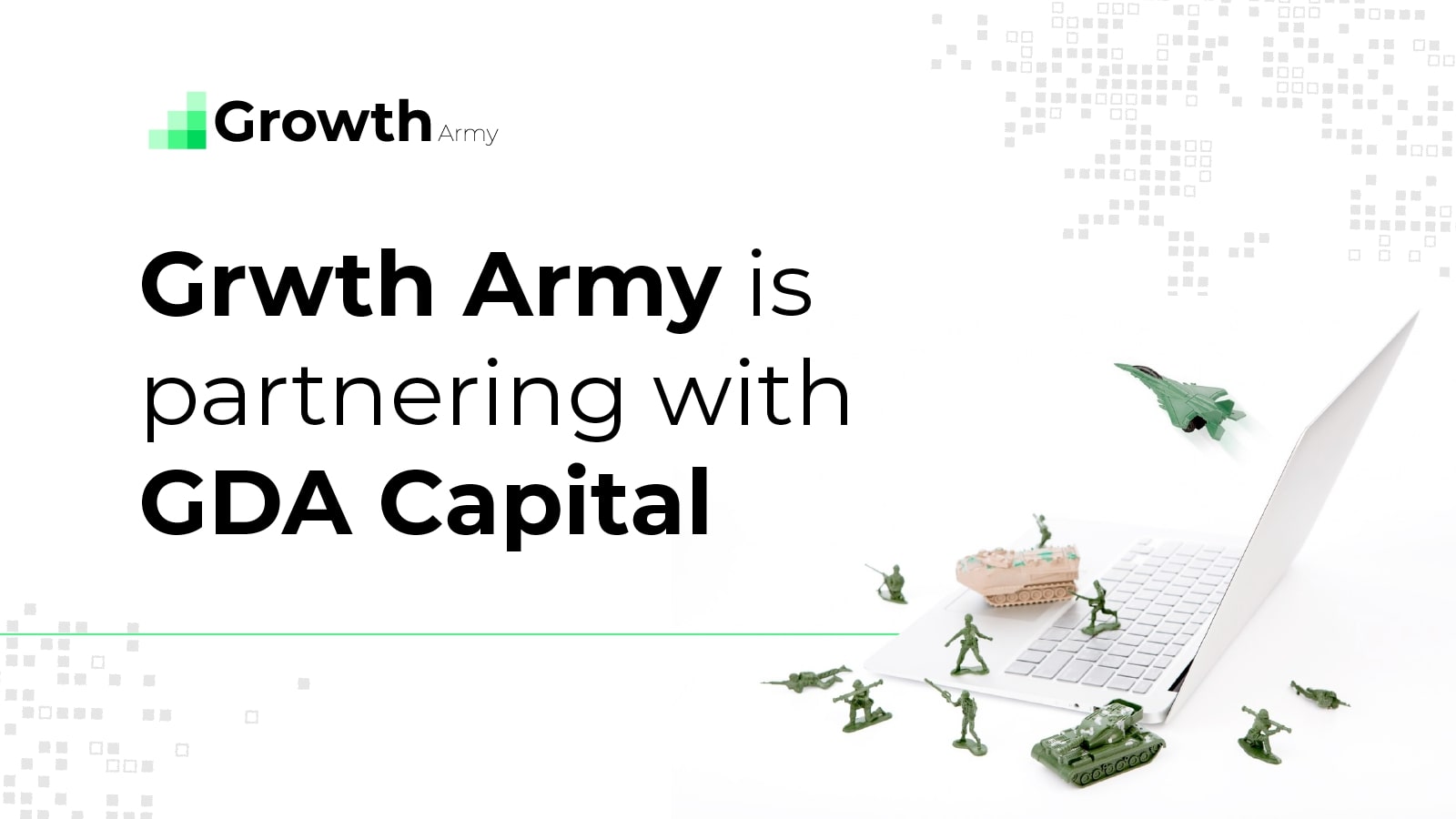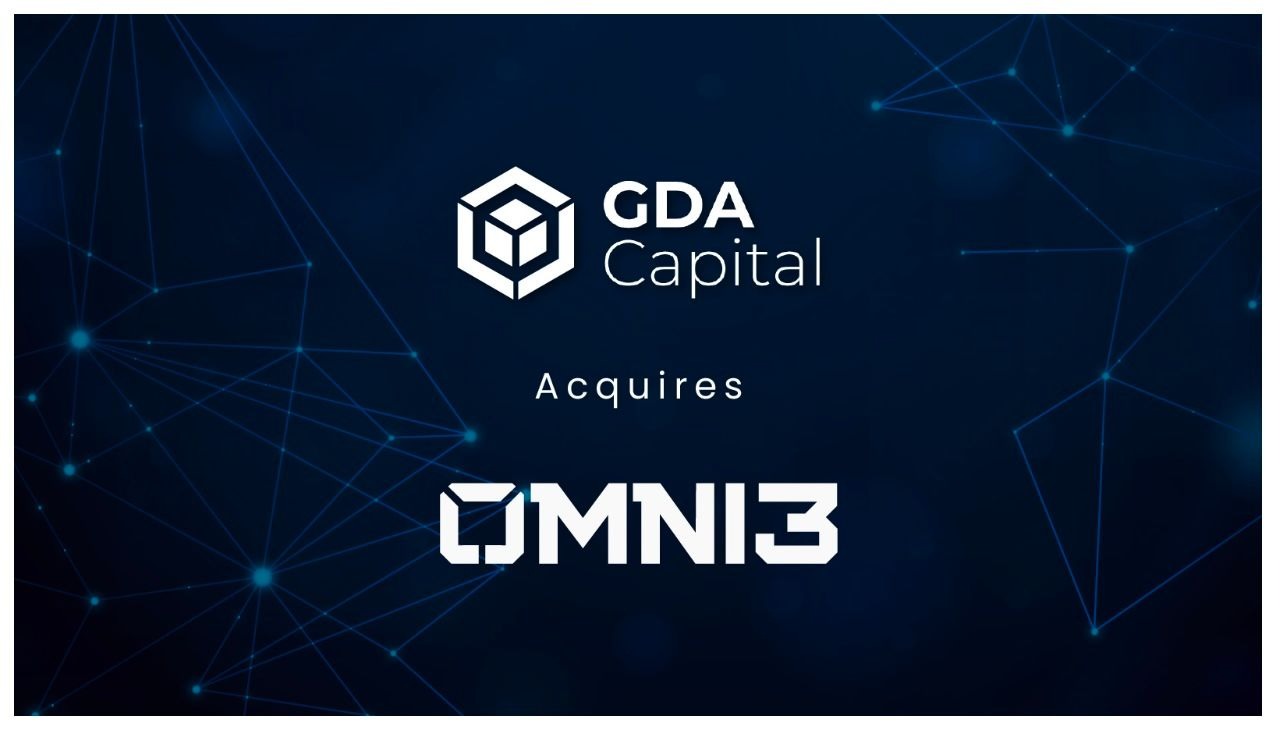Genuinely innovative new technologies create entirely new business models around them. The rise of social media, for instance, created the influencer economy, while the rise of e-commerce spawned a generation of digital micro-entrepreneurs.
Blockchain technology and digital assets are similarly creating new business models and work structures. Here are the top three crypto business models to watch in the years ahead:
NFT rentals
Non-Fungible Tokens or NFTs have been surprisingly popular this year. Everyone from Christiano Ronaldo to Visa is now involved. The metaverse is a topic that probably deserves its own separate article to explore. However, the business of renting out NFT assets deserves a mention here.
Investors can now buy high-profile or rare NFTs to generate consistent passive income over time. It’s a new business model spawned by the NFT boom.
Why would someone need to rent an NFT? Well, in the case of CryptoPunks, renting out a rare NFT is a way to signal something to a community. Renters can use the NFTs as profile pictures across their social platforms for the duration of the rental. Returns could, in theory, be based on a smart contract.
NFT rentals are much more useful in blockchain-based online games. Several early-adopters have started renting out virtual items and special features to other players on Axie Infinity, for example.
Yield farming
Fractional reserve banking allows the traditional financial system to create liquidity out of thin air. However, decentralized platforms don’t have a bank to serve as the intermediary and can’t rely on fractional reserves. That’s created an opportunity for investors to offer liquidity in exchange for high yields. Yield farming is now the cornerstone of a vast treasure-trove of decentralized financial (DeFi) tools. The industry is worth well over $92 billion and is quickly expanding.
Decentralized Fundraising
While NFTs and DeFi tools have been popular in recent years, decentralized fundraising was popular in the previous cycle in 2017. ICOs – Initial Coin Offerings and STOs – Security Token Offerings, have helped startups raise astounding amounts of seed capital to get their projects off the ground.
Investors collectively poured $22 billion into ICOs during the 2017-2018 cycle. Since then, some countries have introduced new rules on crowdfunding and ICOs to streamline the process. For instance, the U.S. Securities and Exchange Commission allows ICOs as long as the underlying tokens are registered as securities.



